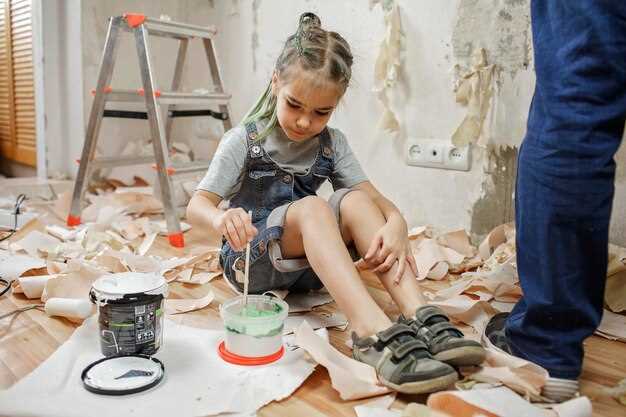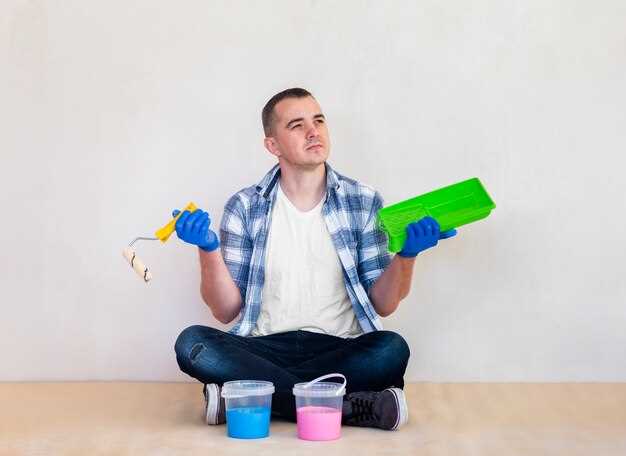

Restoring a car can be an exhilarating project that brings old vehicles back to life, yet many enthusiasts encounter challenges along the way. To ensure a successful restoration, it’s vital to be aware of common errors that can derail your progress and lead to costly setbacks. With the right tips in hand, you can navigate these pitfalls and achieve the car of your dreams.
One of the primary issues faced by DIY restorers is underestimating the scope of work required for a full restoration. This often leads to rushed decisions and incomplete tasks. It’s essential to take the time to plan each phase of the project meticulously, allowing for proper execution and attention to detail. Recognizing the potential for errors in planning can save you significant time and frustration down the line.
Another common mistake is neglecting the importance of proper tools and equipment. Using subpar tools can result in damage to your car or increased difficulty in completing tasks. Investing in the right tools tailored for each job is crucial and greatly improves your effectiveness as a DIY restorer. By avoiding these and other mistakes, you can create a smoother and more rewarding restoration experience.
Incorrect Surface Preparation Techniques for Paint Application

Surface preparation is crucial in the car restoration process, and errors in this stage can significantly impact the final result. One common mistake is neglecting to thoroughly clean the surface before applying paint. Dust, grease, and old residues can lead to poor adhesion, resulting in peeling or flaking paint. It is essential to use appropriate cleaners to ensure a pristine surface.
Another frequent error is skipping sanding or insufficiently sanding the surface. Proper sanding creates a textured finish that enhances paint adhesion. Failing to sand adequately can lead to a smooth area that may not hold the new paint effectively. Additionally, using the wrong grit sandpaper can either result in a surface that’s too rough or too smooth, both of which can compromise the paint application.
Applying paint over rust or corrosion is another critical mistake. If the metal surface isn’t adequately treated to remove rust, the paint will not adhere correctly. Instead, rust can continue to progress beneath the paint, causing further damage. Before painting, it’s necessary to treat any rusted areas with appropriate rust converters or to sand them down to bare metal.
Forgetting to use a primer is an error that cannot be overlooked in the restoration process. Primer serves as a bonding agent that helps the topcoat stick to the surface and improves the overall finish. Skipping this step can lead to issues with color uniformity and durability over time.
Finally, failing to conduct an environmental assessment before painting can lead to disastrous results. Dust, temperature, and humidity can all affect paint performance. Any attempt to paint in unfavorable conditions can lead to issues like uneven drying and improper curing of the paint.
By avoiding these incorrect surface preparation techniques when restoring a car, you can ensure a more successful paint application and a beautiful, long-lasting finish.
Neglecting Routine Maintenance During Restoration Projects
When embarking on a restoration project for your car, one critical mistake many enthusiasts make is neglecting routine maintenance. This oversight can hinder progress and lead to more significant issues down the line. While it’s easy to focus solely on the aesthetic transformation, regular maintenance checks are essential to ensure the vehicle remains functional throughout the process.
Incorporating maintenance into your restoration routine allows you to identify and address mechanical problems early on. Regularly inspecting components such as the engine, brakes, and electrical systems can save time and money. It’s advisable to follow a consistent schedule for oil changes, fluid checks, and battery maintenance, which will contribute to the longevity of your vehicle.
Another vital aspect is to keep an organized workspace. By doing so, you can ensure that tools and parts are readily accessible, reducing the temptation to skip necessary maintenance routines due to disorganization. Additionally, having a clear plan for both restoration and maintenance can streamline your project and ultimately result in a higher-quality finish.
Lastly, don’t underestimate the importance of documenting your maintenance activities. Keeping records of what has been checked or repaired can be invaluable for your project’s tracking and will assist those who may work on the car in the future. By paying attention to routine maintenance, you not only enhance the restoration process but also safeguard your investment in the car.
Choosing the Wrong Tools and Materials for Car Repairs

One of the most common errors in DIY car restoration is selecting inappropriate tools and materials. This mistake can lead to poor repairs and even damage to the vehicle. It’s essential to assess the specific needs of the restoration project before acquiring tools or materials.
Firstly, using generic tools instead of specialized ones can hinder efficiency and precision. For example, a standard wrench may not fit the specific fasteners in modern cars that require specialized sockets or torque wrenches. Investing in the right tools from the beginning can save time and prevent costly missteps.
Secondly, the quality of materials plays a crucial role in the restoration process. Opting for low-quality parts may seem like a cost-saving measure but can result in inferior performance and safety issues. Always prioritize OEM (Original Equipment Manufacturer) parts or high-quality aftermarket options that ensure longevity and reliability.
Another common error is overlooking the importance of using the correct materials for specific applications. For instance, using non-compatible paint or adhesives can lead to peeling or ineffective bonding. Research is fundamental in understanding which materials suit the specific repairs you intend to make.
Lastly, ensure proper safety equipment is used during any restoration process. Choosing the wrong safety gear, such as inadequate gloves or eyewear, can lead to injuries. Always equip yourself with the right protective tools to work safely while restoring your vehicle.
By being aware of these common errors related to tool and material selection, car enthusiasts can greatly improve their restoration outcomes. Taking the time to make informed choices ensures a successful and safe DIY restoration experience.






